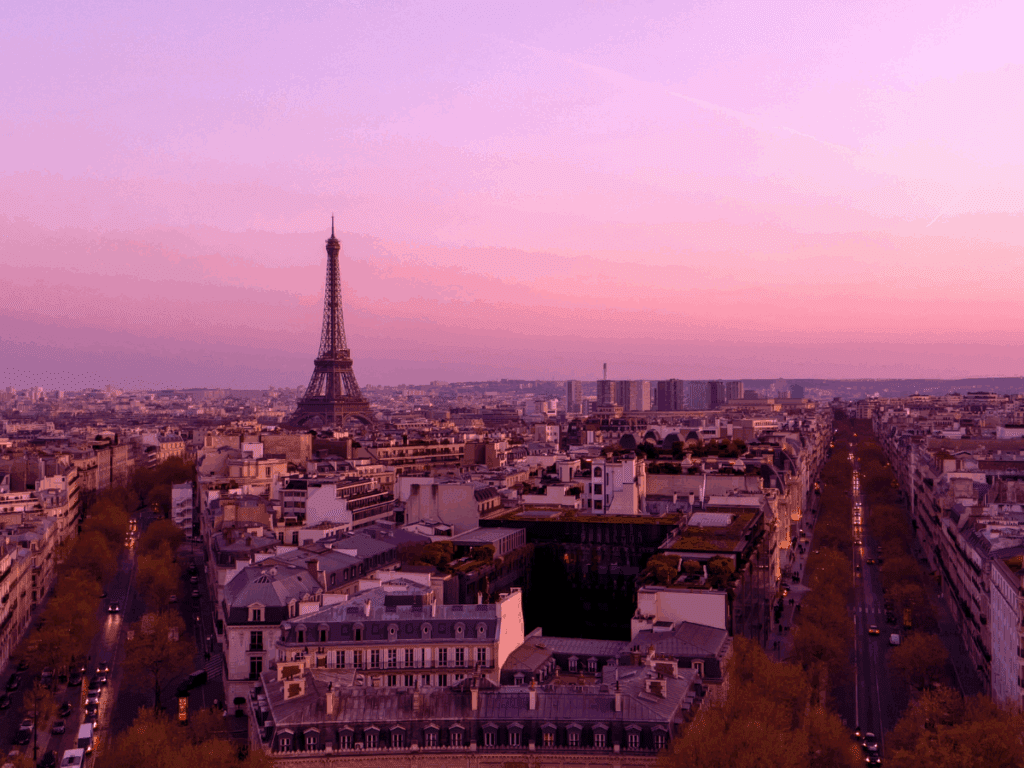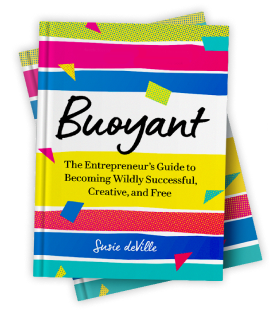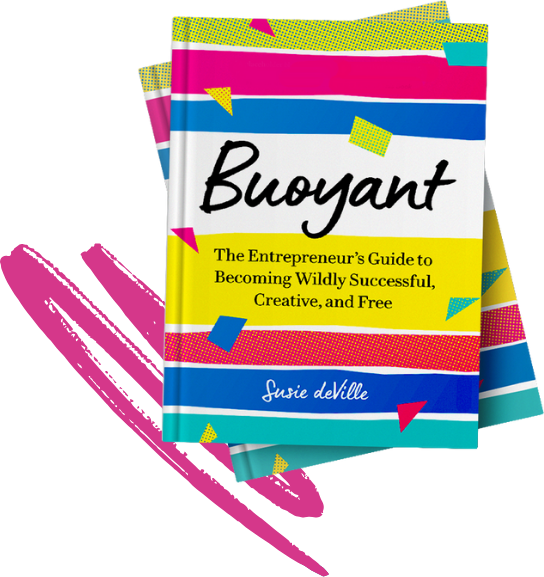French brands evoke emotion—does your business do the same?
Beauty awakens the soul to act.
Let’s talk about something most business advice skips over: aesthetics.
Not as decoration. Not as surface polish. But as a strategic tool for impact, connection, and growth.
French Brands and Beauty
In my favorite city in the world, Paris, this is a given. The French don’t just like beauty—they revere it. It’s built into how French brands design their spaces, serve their food, curate their shops, and even how they package our exquisite purchases.
To French brands, beauty is a form of respect. Respect for the product, the customer, and the experience. And that mindset? It’s beyond cultural; it’s a strategic advantage that entrepreneurs and creators can harness to stand out and grow.
When you step into Café de Flore in Saint-Germain-des-Prés, you’ll feel it instantly. Its expansive terrace, red leather banquettes, mahogany furnishings, marble tables, and chic Art Deco style invite us into a story.
This is where Sartre and de Beauvoir sat for hours, shaping existentialism. Where Picasso debated ideas over coffee. Where Hemingway read Fitzgerald’s novel, The Great Gatsby, for the first time. And where Camus and James Baldwin once wrote and observed and dreamed.
This legacy is part of the value proposition. We’re not just sipping coffee; we’re communing with the ghosts of genius.
There’s a kind of emotional inheritance we tap into when we sit where greatness once sat. It’s what psychologists call symbolic affiliation. We feel more creative, more connected, and more significant just by being there.
And that emotional lift? It’s why we’ll gladly pay 8 euros for a tiny espresso. We are seeking identity, atmosphere, and the memory it creates.

The Power of Negative Space
Now walk into Dries Van Noten on the Seine’s Quai Malaquais. You won’t find shelves overflowing with product. You’ll find space. Texture. Bold colors. Patterns. Stunning floral arrangements. Curated design. Silence.
That restraint is strategic.
The minimalist layout, the luxurious merchandise, the subtle scent in the air—it all tells your brain: This is premium. This is special. We’re not just buying clothing, accessories, or a fragrance. We’re buying a lifestyle.
In neuroaesthetic terms, the store is triggering the brain’s reward system. That emotional imprint translates to a higher perceived value and stronger brand memory. French brands aim for emotional resonance as much as (if not more than) function.
Design that evokes emotion creates stickiness. It makes experiences and brands memorable. Aesthetics, therefore, is not fluff. It’s performance. It shapes how your product or brand is used, understood, and remembered.
Here’s what we can borrow from the Parisian playbook:
Design from emotion first. Before you begin, ask yourself: What do I want someone to feel in this moment? Start there, and let the design follow.
Think in layers. Parisian spaces succeed because they engage multiple senses—sight, sound, touch, and even scent. Layer your user experience to go beyond just visuals.
Treat beauty as a strategic lever. Create spaces, physical or digital, where people want to linger. When someone spends time with your brand, they build connection. Connection leads to loyalty.
Beauty is the Foundation
In Paris, beauty isn’t an extra. It’s baked into the business model. French brands understand that how something looks and feels affects how we value it. How we talk about it, share it, remember it.
Beauty is a competitive advantage.
Whether you’re building a product, launching a brand, or curating a customer journey, don’t save aesthetics for the end. Design beauty into the foundation from day one.
Because when beauty meets intention, we don’t just make something useful, we create something truly unforgettable.










